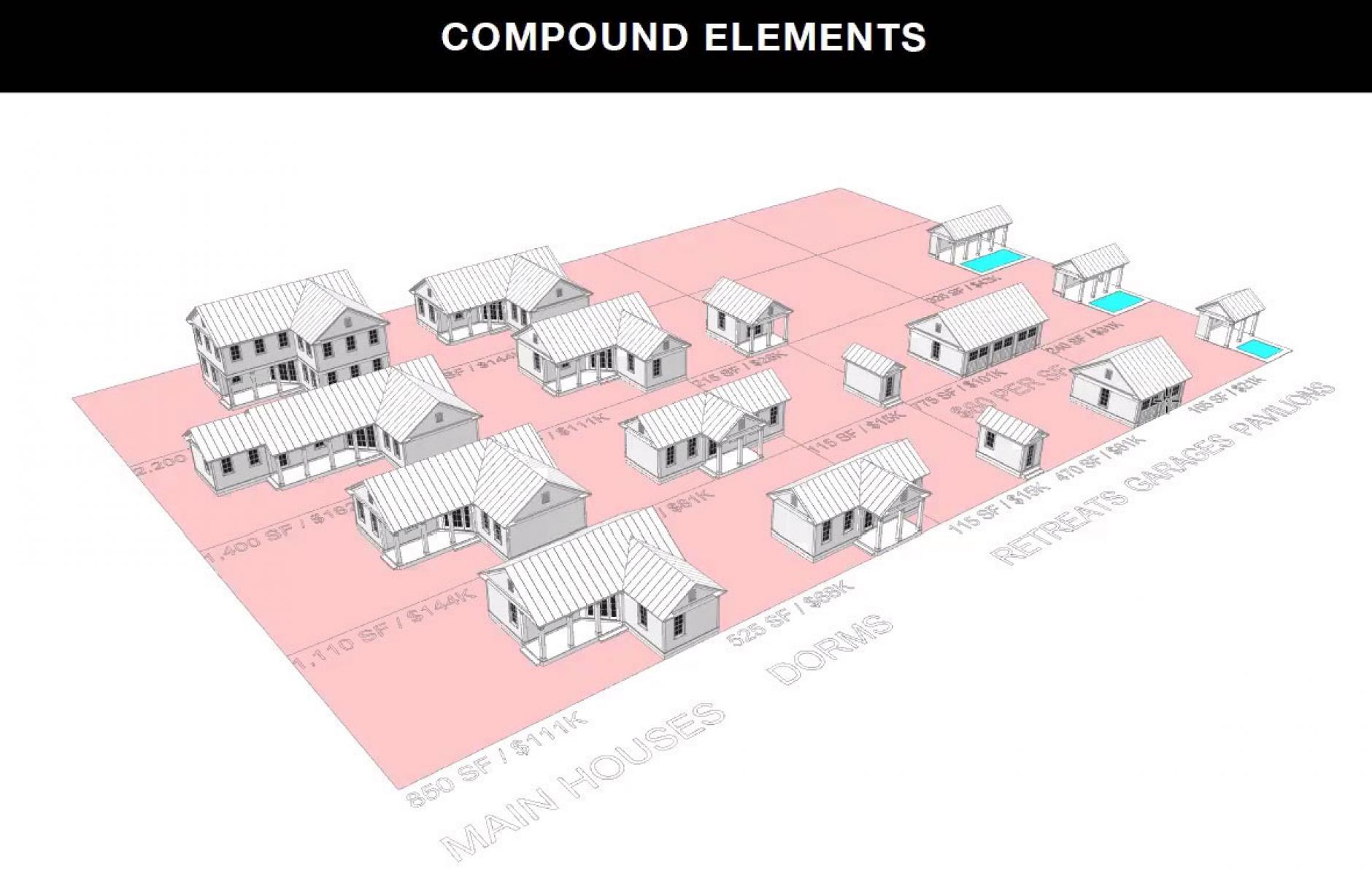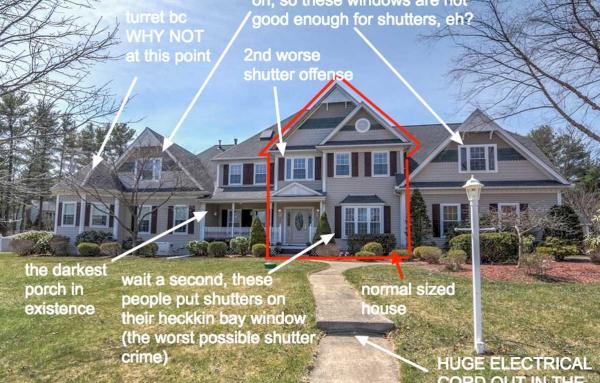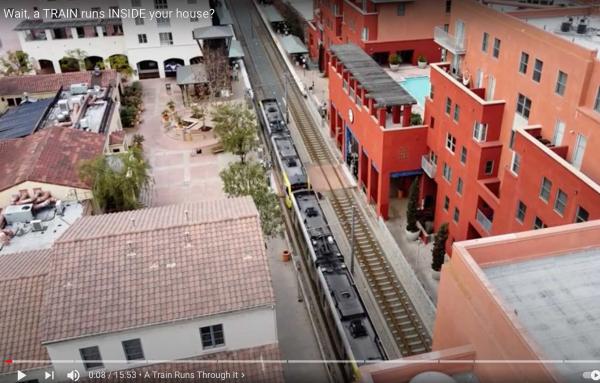
New urban design in the post-pandemic era
The pandemic jeopardizes many of the core concepts of New Urbanism, according to architect and urbanist Andres Duany. People are now suspicious of density, transit, face-to-face retail, social “third places,” open communities, and in-person community engagement, says Duany, who spoke in CNU’s webinar series On the Park Bench. His talk was provocatively titled: “The Post-Pandemic Community: Will New Urbanism find itself in the trash heap of history?”
The discussion also addressed sweeping changes due to climate change and social unrest. New Urbanism must deal with the “four horsemen” of climate change: flood, fire, wind, and drought, he says. “People will move away from trouble,” to places that are resilient to these risks, says the cofounder of CNU. “Receiving areas” for climate change are located all across the US—even in Florida, which has a central ridge. He spoke from his home in Coral Gables, which is 16 feet above sea level—somewhat resilient even though it is located in vulnerable southeast Florida.
Many new urbanists believe that it is dishonorable to plan for residents leaving a city, but there is no stopping that migration, he says. “We need protocols for receiving areas, so that when people leave, they don’t land in suburban sprawl.”
How can new urban design address these realities? Duany presented designs that break many, but not all, of the rules of New Urbanism. The designs still fit on a block of city streets, focusing heavily on light and air. They invert many of the concepts that new urbanists hold dear, such as garages in the back.
“Covid is providing a much-needed infusion of DNA to the New Urbanism,” he says. “All of this is extremely stimulating.” Governments will be broke going forward, and so there will be a need for low-cost problem-solving. “I would love to hear what a successful shanty town looks like, as opposed to an unsuccessful one, because they both exist,” he says. “Why is one successful and the other not? There is DNA there,” for designers to emulate.
The pandemic of 1918 was not over as soon as the flu disappeared. Modernism came in on the heels of the Spanish Flu. Many people moved south for light and air. Florida opened in 1920, before air conditioning was invented. “This is not going away,” he says. “It will be good for us, if we address it in the spirit of creativity.”

New urban design has to accomplish three goals to make a successful real estate project, he says. “It’s got to make sense, it’s got to be a good investment, and above all, it has got to be fun.”
The compound
Compounds are comprised of a small cluster of buildings in between the scale of the neighborhood and the individual house. A cluster of compounds make up a neighborhood. This is an important element of community, but has been ignored in recent urban design, he says. Several families can come together and say, “We are going to build a one-room schoolhouse, or an outdoor meeting area under a roof—because it is dangerous to bring people into the house—or a playground. I don’t want to go to city hall to build a chaired shelter. This is a fundamental rethinking of the relationship between the physical community and the level of government.”

The importance of the garage
The most successful conversions of workplaces in the pandemic are the garages, he says. The garage is loft space, the driveway is the plaza, and it can add life to the street. People open the garage doors and there are their desks—it’s not just junk storage, it is the most interesting room in the house. “What does that do to the New Urbanism? It turns the house around.” Make sure that the garages are convertible to work spaces in all designs, Duany advises.
Single-story cities
Single story buildings can achieve 40 units to the acre, as long as cars do not have to park on the lot and are kept on the edge of the block, he says. In the post-pandemic world, we will not have resources to build four-story mixed-use, he says. “When was the last time we designed a single-story city that’s dense and mixed-use? Many of the places that we love in cities, the shops that are called ‘five points,’ are one story. What makes us think that mixed-use always has to be on top? Why can’t it be behind or beside?”
Mobile homes
These are the most social places that Duany has ever seen, more sociable than new urbanist neighborhoods. What makes trailer parks so social? The answer is they don’t have back yards, he says. Residents do everything in the side yard. “Everybody is in full social mode all of the time,” he says. Also, there are no fences, because the yards are publicly maintained. Early new urban projects were based on the picket fence. “In certain social and economic conditions, fences are mortal to urbanism.”

Light and air
People will want the sun and they will want to be outdoors, he says. Duany designed a post-pandemic park and town center in Vero Beach, Florida, that places most of the facilities outdoors, under pavilions. Outdoor classrooms are designed so that they can be open-air markets in the off-school hours. A hotel is broken up into a series of small buildings, all of which feature cross-breezes and an abundance of light. There’s an outdoor auditorium, and a church that opens up. “It has the same social intention as the New Urbanism, but has nothing to do with the form of New Urbanism.”
He also designed a retirement community based on a college quadrangle. There is a big hall for dining and entertainment and an administration building. Residents live in L-shaped living spaces around a communal yard. “The fundamental dimension is 200 feet, which automatically works on urban blocks. Just keep tracking the 200-foot dimension. It works in every suburb and city,” he explains.

The bicycle
With people afraid of both Uber and the crowding of transit, Duany believes that bicycles are the future of transportation.
House design
Duany has been designing houses so that living areas can be opened to outdoor spaces in a courtyard format. These houses can still fit on a 50-by-100-foot lot, which fit on urban blocks. People frequently work in kitchens in the Covid era, and so the computer and printer is another appliance that needs to be accommodated—like and oven.
The veranda
The veranda is placed one level above the street, like in New Orleans. It is not a porch, but it is a lively frontage. “It is above the hubbub of the street. You still socialize with the hubbub, but you are above it.”
There are permanent riots in many cities, and new urbanists are not yet facing that, he says. The main downtown retail street in Louisville, which represents 20 years of work, has been trashed. “It is not in our power to stop the riots,” Duany says. “That is at a different level. But it is in our power to design places that won’t get trashed. The ethos of CNU is to be realistic and face the reality and come up with the best possible solutions.”
Watch the entire presentation:








